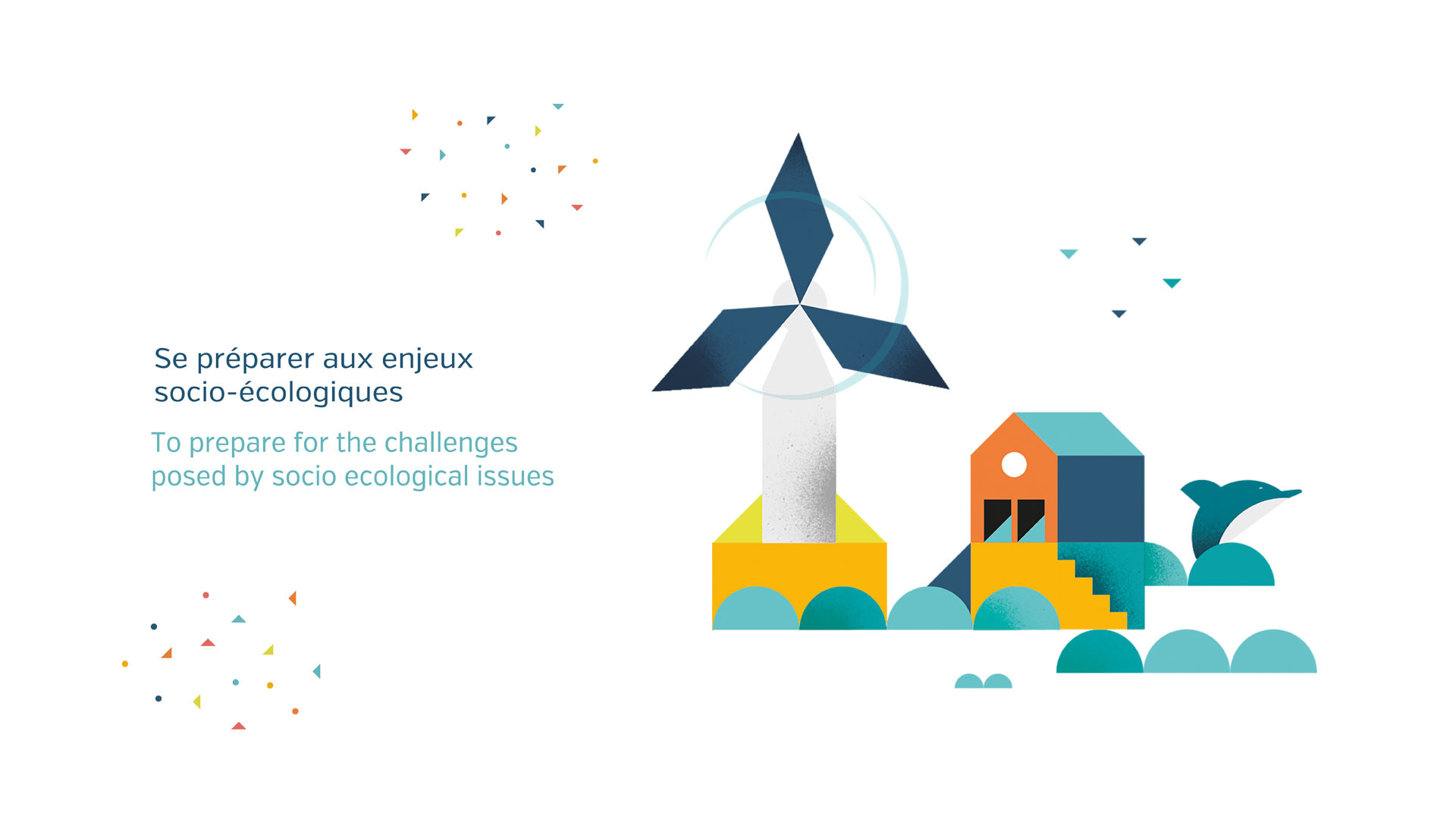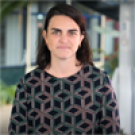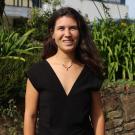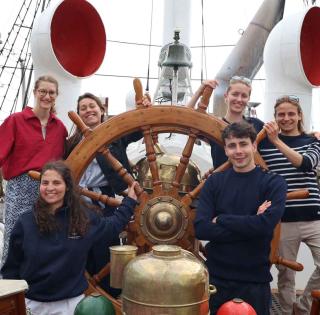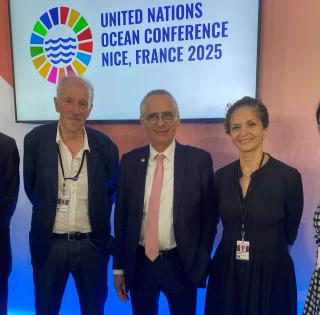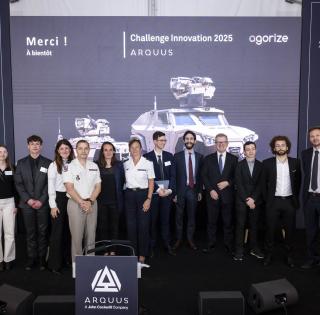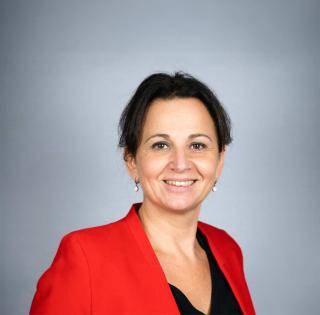
The ecological transition is fundamental to re-imagining a new model of society. It is also a major goal in ENSTA Bretagne's strategic roadmap. How do students, teachers and researchers at the school participate in developing new systems and contributing to developing sustainable tools? Initiatives have multiplied. We look at three significant examples of such contributions: courses for engineering students in environmental issues, design of sustainable offshore wind farms and measuring the ecological status of maritime areas.
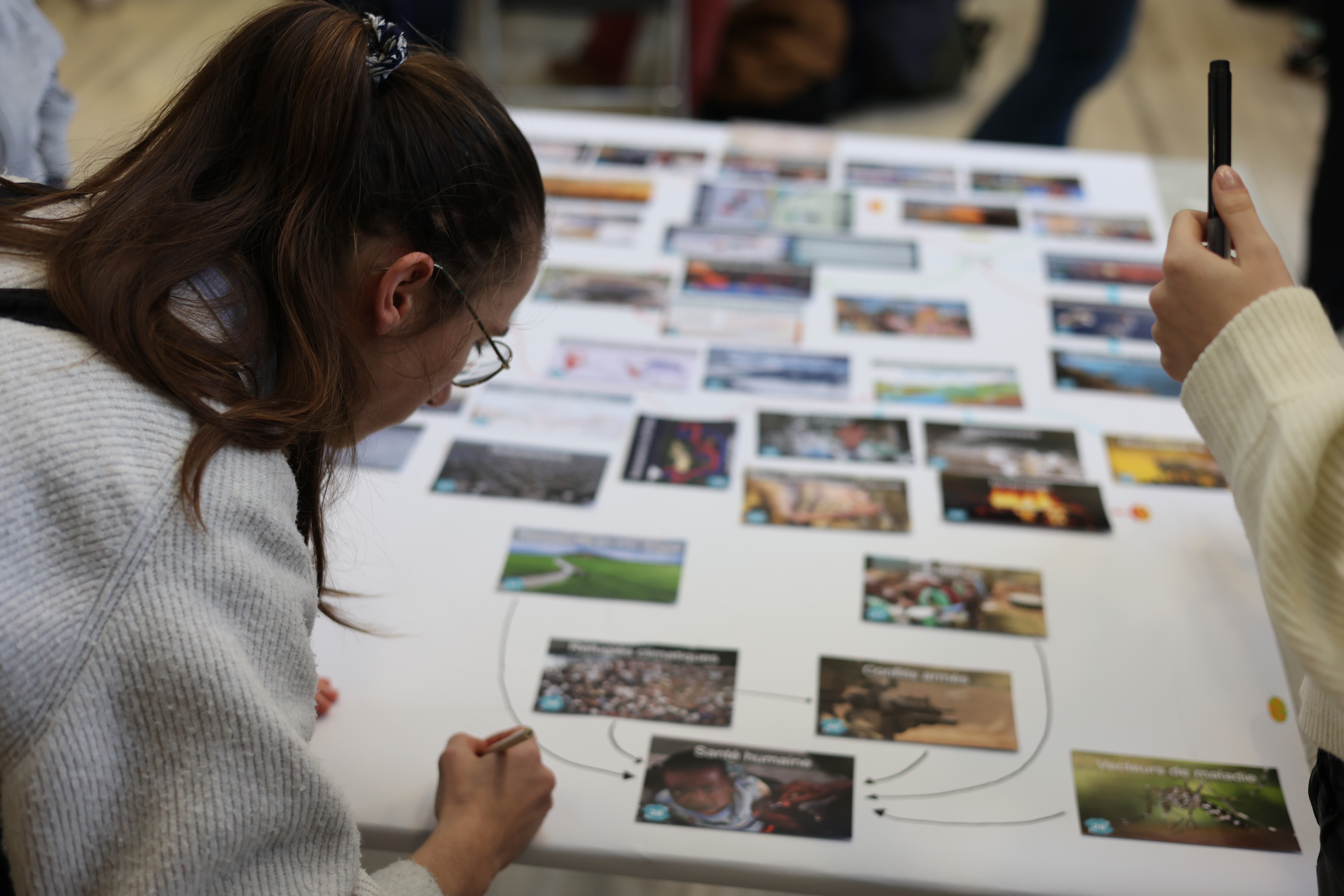
Courses in the socio-ecological transition for engineering students
Everything is the result of years of research work¹ carried out by ENSTA Bretagne's human and social sciences laboratory² in the teaching and vocational training of engineers. Conducted on a European scale and then in partnership with several Maghreb countries, the researchers of this laboratory have worked to provide insights into the best way of preparing engineers for the socio-technical challenges posed by climate change. For example, such insights have recently led to the publication of two books³ on training engineers in the Maghreb to rise to environmental challenges, including a booklet of recommendations⁴ "to encourage and support changes for the benefit of both those involved in teaching, and more broadly, other contributors". On the strength of these results, ENSTA Bretagne is committed to applying these transformation principles to its engineering students.
Initially, an interdisciplinary "Maritime and sustainability" course was developed with the support of partners in Brest⁵. Then, in a context in which training in the challenges of ecological transition and sustainable development has become crucial for future engineers, the school's curriculum teams established an experimental course program for engineers in sustainable development and corporate social responsibility. Offered for the first time at the start of the 2022 academic year, it gives students the opportunity to include the notion of ecological and societal impact in their courses by going deeper into certain topics in courses in project management and during internships. Already 44 students have chosen to embark on this adventure!
In addition to this plan, a core curriculum has been established for all students: "Socio-ecological transition workshops". It includes three major events: the climate mural, a conference/debate and the immersive "2 tons" workshop to identify individual and collective drivers for the transition to a low carbon society.
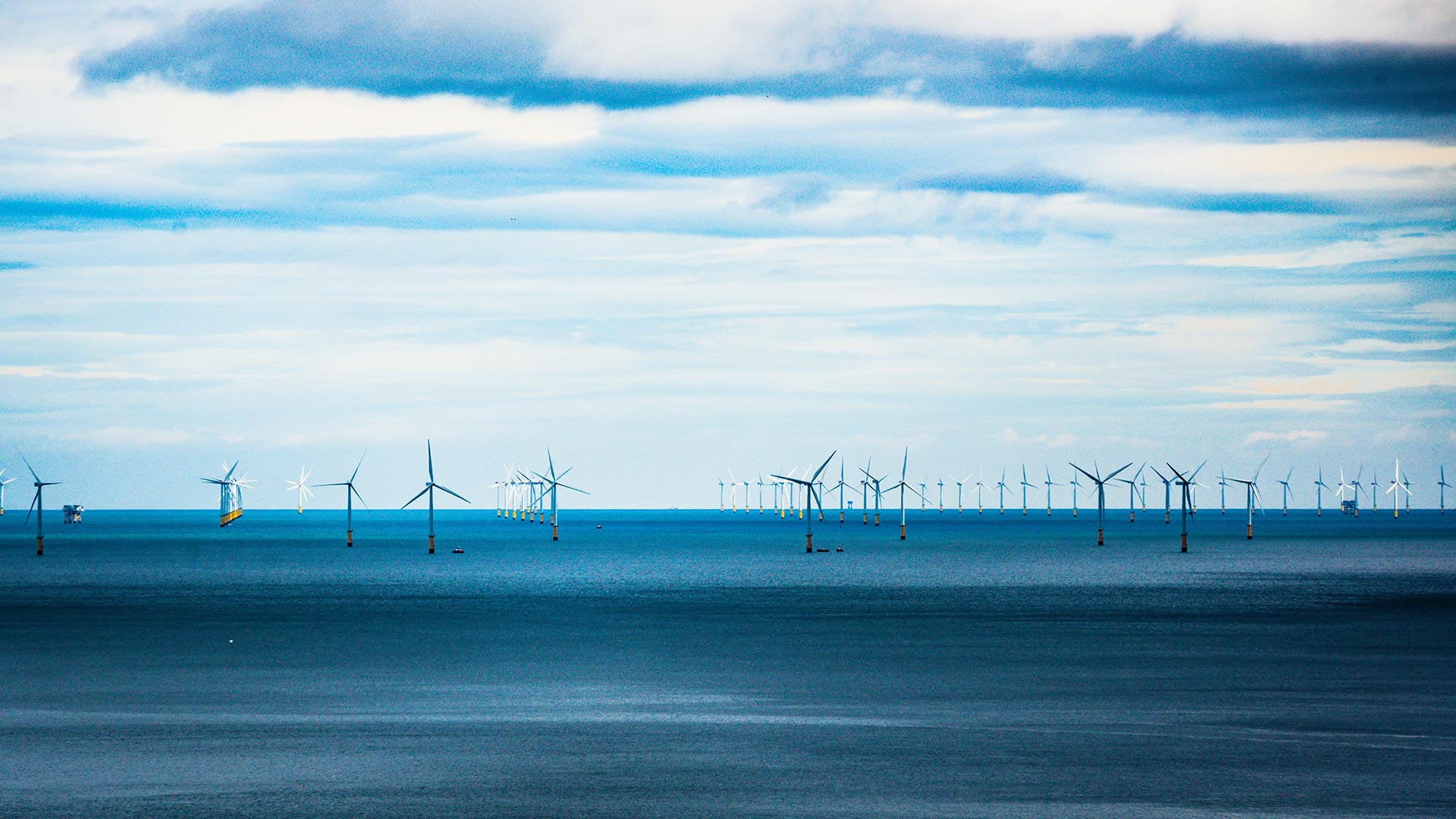
Conceiving future electricity generation and the development of floating wind power
While students are preparing for the climate change emergency, they are not the only ones... With the law on energy transition for green growth⁶ of August 17, 2015, the government anticipates that 40% of French electricity generation will involve renewable sources of energy by 2030. This is an ambitious goal that researchers in mechanical and maritime engineering at ENSTA Bretagne are working on in the IRDL lab⁷. In cooperation with France Energies Marines and several partners such as Ifremer or EDF, they have chosen to address the sustainability of floating wind turbines at sea. These research projects are part of the France 2030 investment plan. Offshore wind power has the advantage of generating 60% more energy⁸ than onshore wind power. This is because wind off the coast has a higher speed and is more constant. However, the sea and wind subject offshore wind farms to high mechanical and physical stresses.
In order to provide sustainable systems, researchers develop calculation and design tools. Current research is aimed at better predicting the stresses associated with breaking waves and the mechanical properties of new materials, two means of optimizing the service life of wind farms and reducing the cost of maintenance operations.
Calculation codes, and modeling and measurement tools⁹ are being developed to imagine the devices of tomorrow. Future floating wind turbines will need to have a tower that can withstand the most violent storms and waves, as well as semi-rigid cables with a service life at sea of at least 20 years. These cables are used to restrain the platform or to route electricity to the mainland.
While there are now offshore wind turbines with an output of 6 megawatts capable of supplying electricity to a town of 5,000 inhabitants, the long-term goal is to produce systems with an output of 8 to 10 megawatts.
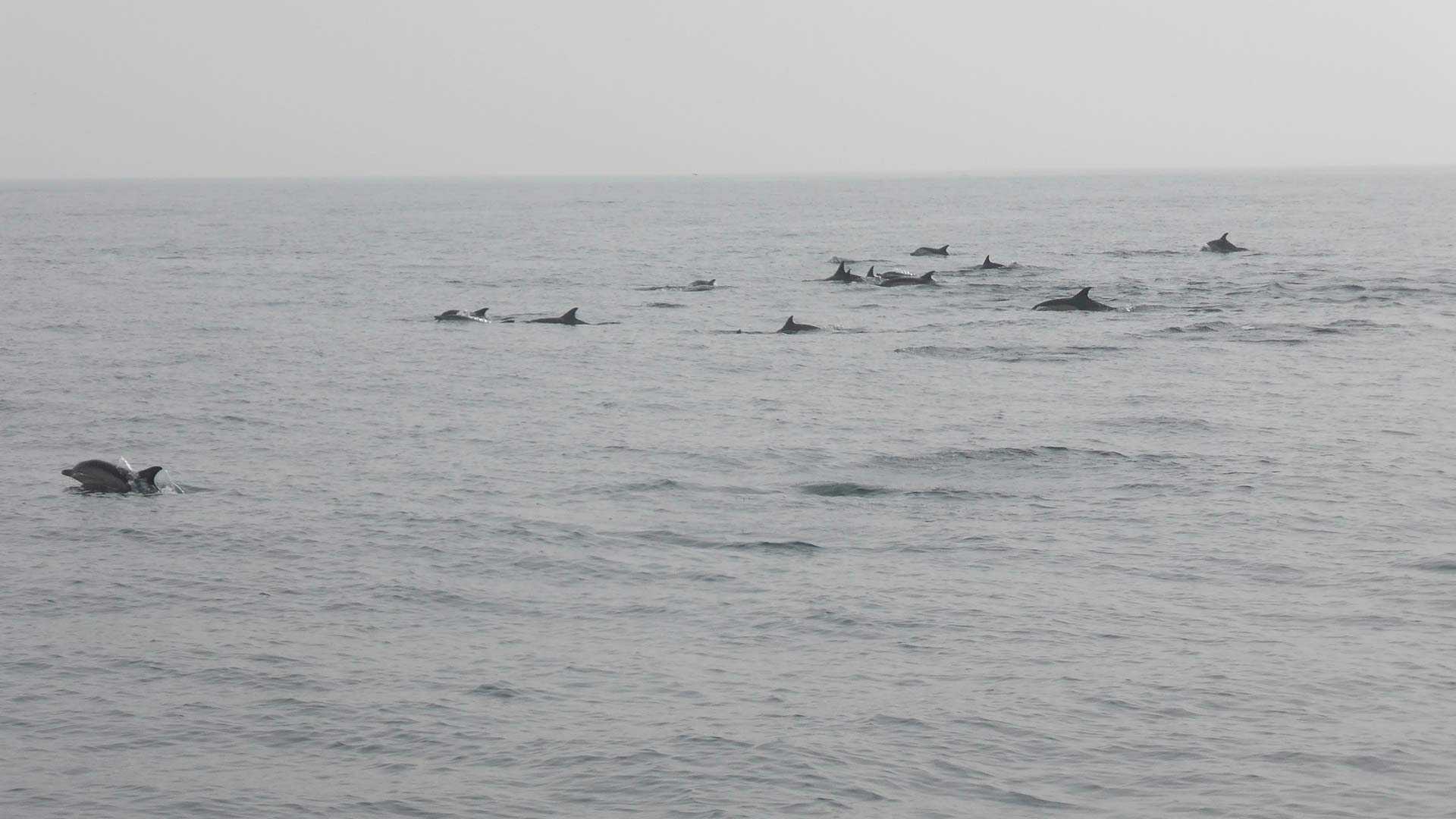
Measuring the ecological status of the marine environment
Preparing for the future also means providing methods and tools to measure our impact on the environment. A team of researchers in marine physics, observation systems and signal processing at ENSTA Bretagne (Lab-STICC lab¹⁰) is developing long-term observatories at sea based on the analysis of underwater noise recordings and sound recognition. This is achieved through the use of hydrophones immersed for several months. This method of observation is based on one of ENSTA Bretagne's fields of excellence: passive acoustics.
In response to the need for a census of cetacean species living in the Iroise Sea off the coast of Finistère, the team has been using this novel technology to deploy the "Cetiroise" observatory since the start of 2022. The request comes from the French Office of Biodiversity (Office français de la biodiversité) which wants to know how often bottle-nose dolphins and other cetaceans use the Iroise Sea. With the teams of the Iroise marine park, ENSTA Bretagne researchers have designed and installed seven recorders and are preparing to analyze and process the data acquired during the first weeks of observation. This is the first time this has been done along our coasts. The purpose of this census is to identify the seasonal and spatial distributions of all cetacean species that pass through the park over a year.
"Cetiroise" will deliver a complete recording of the underwater soundscape in a wide range of frequencies, corresponding to the various species of cetaceans, from the smallest to the largest. This accurate data acquired over a long period of time will provide the basis required for any public action aimed to study and mitigate the effects of climate change on marine fauna.
In May 2023, France is to host the European Maritime Days for the first time... and this event is to be held in Brest¹¹ ! This event will highlight the crucial role that the oceans and seas play in the daily lives of both Europe's coastal populations, as well as all its citizens. The research work of scientists presented will provide food for thought for better management of the marine environment and a sustainable blue economy.
¹ ENSTA Bretagne's "Formation et professionnalisation des ingénieurs" ("Teaching and vocational training of engineers") research team has been looking into course programs in innovation (ANR Innov'ING 2020 project), the curriculum and attractiveness of engineering courses and the developing of teaching in the socio-ecological transition (Erasmus project+ A-Step 2030 and ATTRANAV project).
² The laboratory is called "Formation et Apprentissages Professionnels" ("Vocational training and Apprenticeships"). It includes the humanities and education teams of ENSTA Bretagne, Cnam Paris and AgroSup Dijon.
³ These books conclude the RIIME research project on the challenges facing scientific and technical training in the Maghreb: how to train a new generation of responsible innovators? It is the result of cooperation between 4 countries: France, Algeria, Morocco and Tunisia.
⁴ "Livret RIIME de recommandations et de bonnes pratiques. Pour mieux former les ingénieurs aux enjeux environnementaux" ("RIIME booklet of recommendations and best practices. To better train engineers in environmental issues"), published in September 2022 by Champ social, in the "Utilité sociale de la recherche en SHS" ("Social usefulness of SHS research") collection
⁵ As part of the HOLI-D BLUE educational engineering project led by ENSTA Bretagne and supported by Isblue, the university research school created in Brest to teach the next generations of innovators and scientists needed by the blue economy (bringing together 9 institutions: UBO, UBS, CNRS, Ifremer, IRD, ENSTA Bretagne, Ecole navale, ENIB and IMT Atlantique).
⁶ https://www.ecologie.gouv.fr/loi-transition-energetique-croissance-verte
⁷ The IRDL (Dupuy de Lôme Research Institute) lab is a CNRS joint research unit which is a member of the institut Carnot ARTS. IRDL has 330 researchers and PhD students in mechanical sciences from 4 universities and graduate and postgraduate schools: UBS, ENSTA Bretagne, UBO and ENIB. For further information
⁸ https://www.edf.fr/groupe-edf/espaces-dedies/l-energie-de-a-a-z/tout-sur-l-energie/produire-de-l-electricite/l-eolien-en-mer
⁹ Monamoor, Dynamo, Dimpact projects. For further information
¹⁰ Lab-STICC (laboratory of sciences and techniques of information, communication and knowledge) is a CNRS diversified research unit which has 650 researchers and STICC PhD students of 5 universities and graduate and postgraduate schools: IMT Atlantique, ENSTA Bretagne, ENIB, UBO and UBS. For further information
¹¹ May 24 and 25, 2023 in Brest. For further information






